#Empire fashion
Text

Names of shades and when in Regency England they were most popular.
#fashion#fashion history#regency fashion#colors#dye#19th century#19th century fashion#regency#empire#empire fashion#'i don't care what mama says; jonquil is NOT a racketty colour!'#gimme that pomona green tho
1K notes
·
View notes
Photo

Court Dress
1820s
Portugal
Museu Nacional do Traje (Accession Number: 18356; 18358)
#court dress#fashion history#historical fashion#1820s#empire era#empire fashion#romantic era#romantic fashion#off white#embroidery#gold#portugal#silk#satin#1820#1825#1829#museu nacional do traje#popular
884 notes
·
View notes
Text


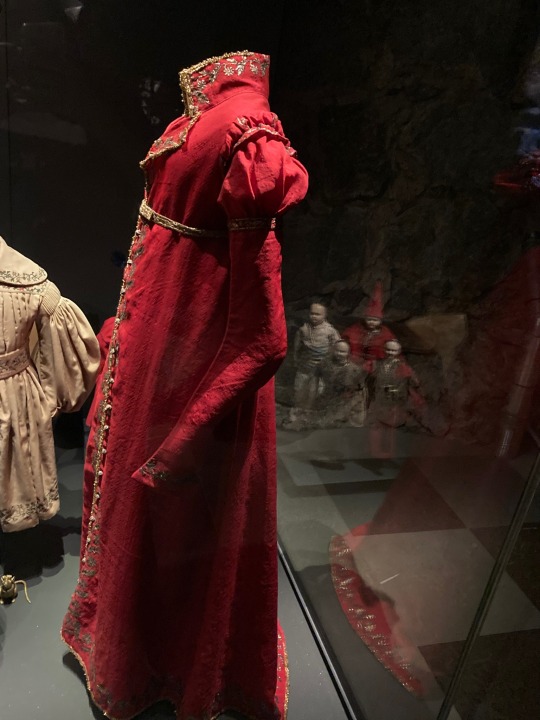
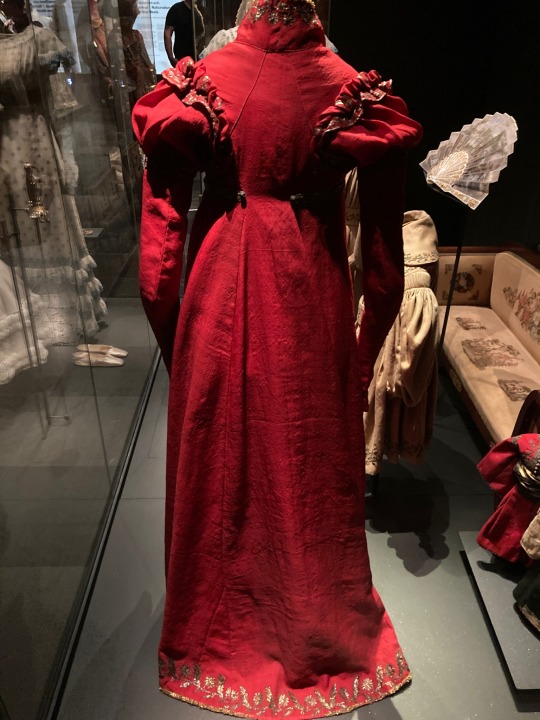


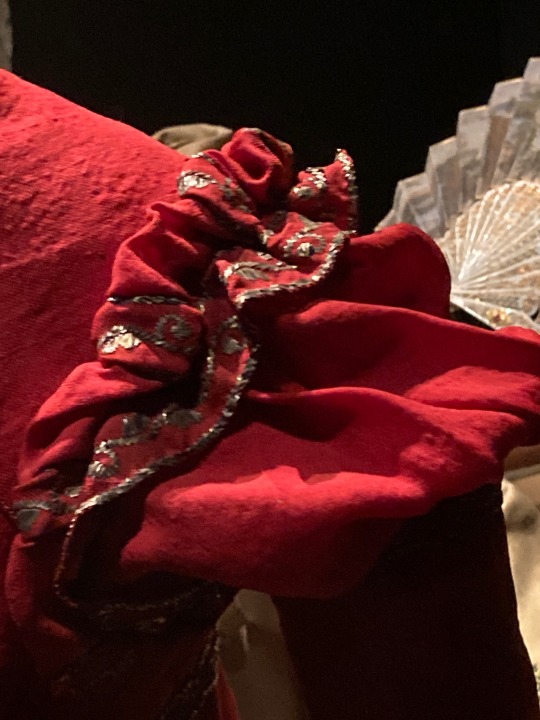
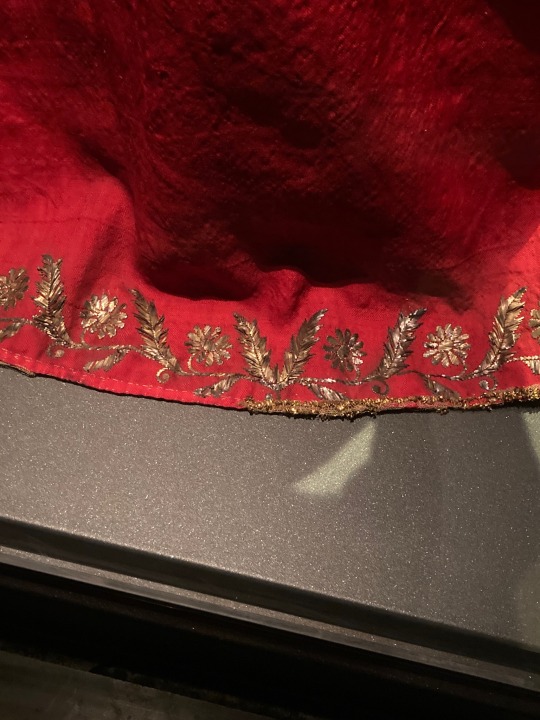

Crown Princess Josefina's Red Redingote With Small Gold Wire Buttons
Circa 1810s
The Royal Armoury
Stockholm, Sweden
#redingote#extant garments#1810s fashion#empire fashion#gold embroidery#gold buttons#crown princess josefina#royal armoury#stockholm#sweden
109 notes
·
View notes
Text
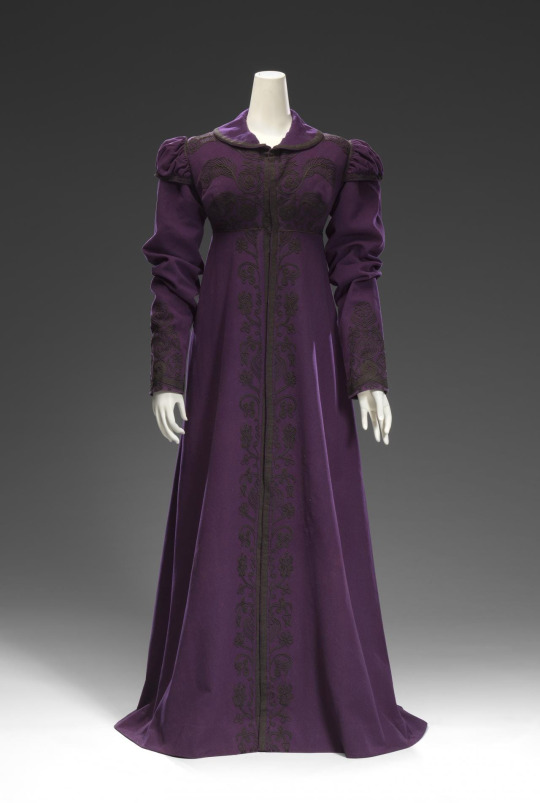
Wool and cotton pelisse, ca. 1810-1820
#1810s fashion#1820s fashion#early 19th century#pelisse#coat#purple#black#empire fashion#regency fashion#historical fashion#paleta post
11 notes
·
View notes
Text
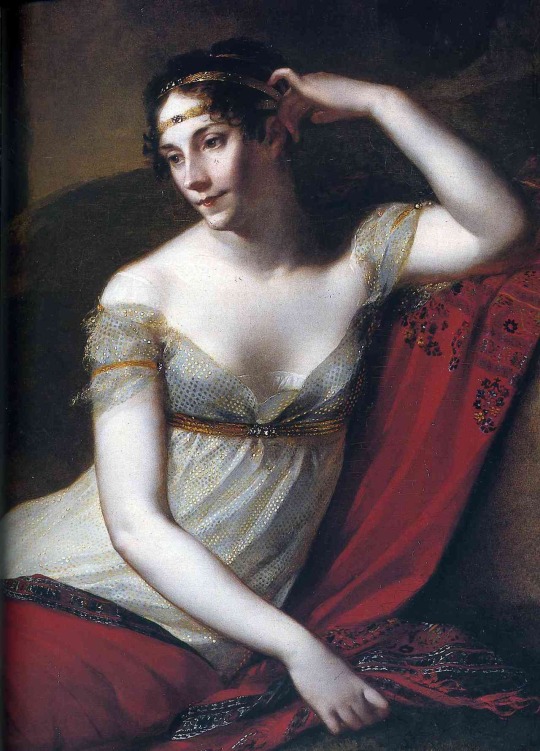
Empress Josephine, circa 1805
By Pierre-Paul Prud'hon, French
Napoleonic era, empire period
#empress josephine#empire#empire style#napoleonic era#19th century#josephine bonaparte#josephine de beauharnais#Josephine#Bonaparte#french empire#first french empire#empire dress#empire fashion#fashion#French fashion#French art#French#art#pretty#historical art#art history#romanticism#women in art#portrait#Pierre-Paul Prud'hon#prud’hon#19th century art#womens art#women#beautiful
106 notes
·
View notes
Text

Marguerite Gérard (Grasse 1761-1837 Paris)
Portrait of a lady and a gentleman in an interior, 1818.
christies
9 notes
·
View notes
Photo
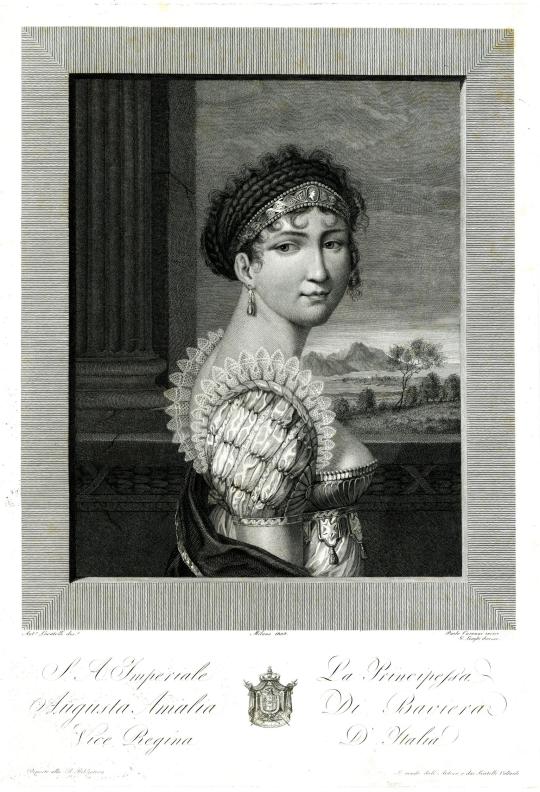
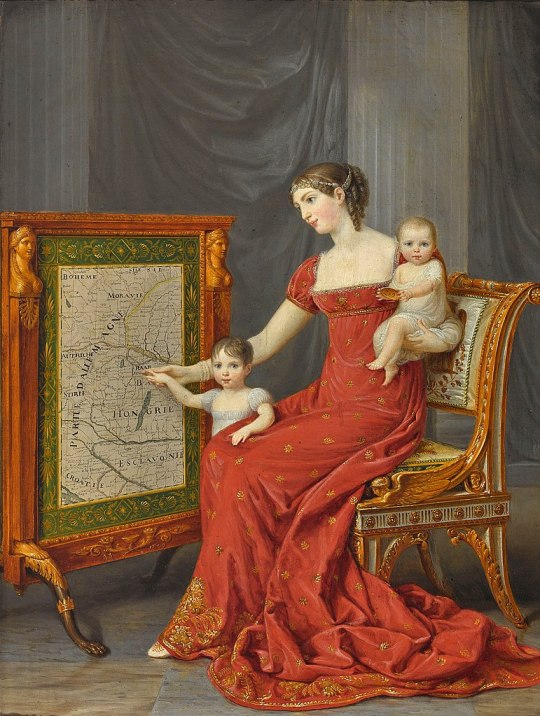
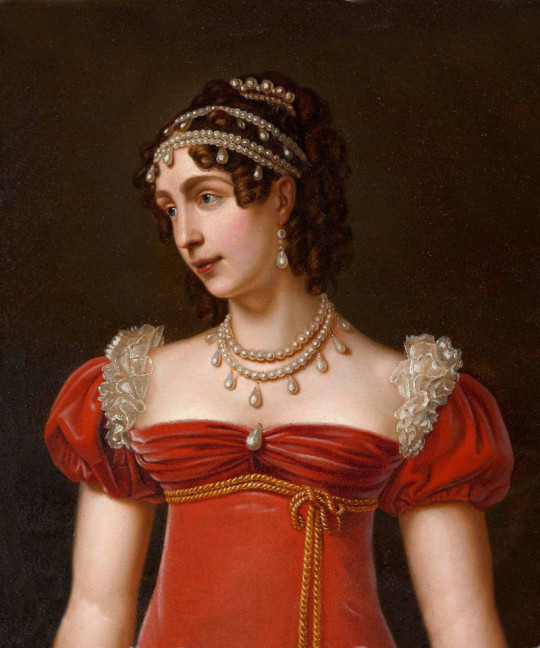



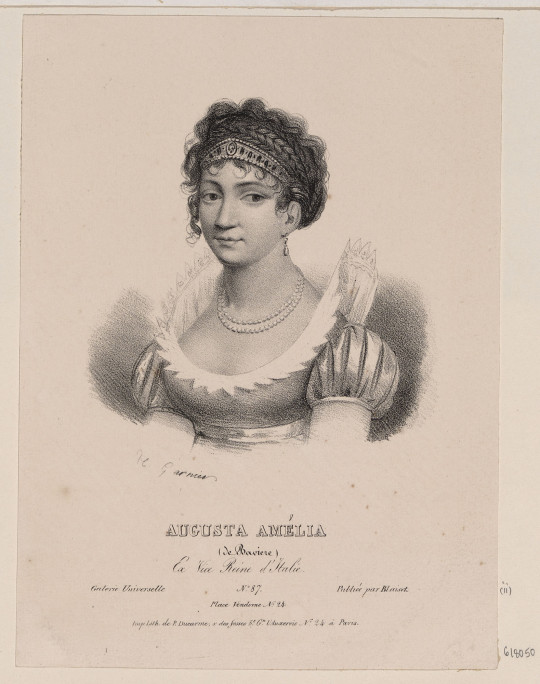


Augusta Amalia of Bavaria - She fell in love, but Napoléon intervened and she had to marry 1808 Empress Josephine’s son Eugéne to spare Bavaria from imperial wrath.
Top left: Augusta Amalia of Bavaria, bust length, wearing tiara with pearls, pearl earring, and low dress by Paolo Caronni and/or Giuseppe Longhi (British Museum). From their Web site 1705X2000 @300 2.1Mj.
Top right: 1809 Auguste Amalie de Beauharnais, Vizekönigin von Italien, mit ihren Töchtern Josephine und Eugenie by Andrea Appiani (location ?). From Wikimedia via pinterest.com/marcellagarsia/fashion-in-painting-xix-secolo/1800s/ 771X1023 @72 378kj.
Second row: 1810 Augusta Amalia Ludovika von Bayern, Duchess of Leuchtenberg by ? (location ?). From napoleondidthat.tumblr.com/post/122145342551/augusta-amalia 800X960 @72 270kj.
Third row left: 1814 Princess Augusta Amalia of Bavaria as a Vice-queen of Italy by ? (location ?). From csfd.cz/film/1010768-napoleons-erben-in-bayern-die-herzoge-von-leuchtenberg/galerie/?page=2 1268X1766 @144 4Mp.
Third row right: ca. 1815 Augusta-Amélie de Bavière by François Pascal Simon Gérard (Versailles). From art.rmngp.fr/en/library/artworks; erased cracks & spots w Pshop & enlarged 25% 609X936 @96 140kj.
Fourth row: ca. 1816 Auguste Amalie de Baviere by Joseph Karl Stieler (Château de Malmaison - Rueil-Malmaison, Île-de-France, France). From Wikinedia; erased cracks & flaws and fixed edges w Pshop 725X925 @72 1.3Mp.
Fifth row left: 1820 (or later) Augusta of Bavaria, Duchess of Leuchtenberg by Garnier (Royal Collection RCIN 618050), From their Web site 1579X2000 @300 956kj.
Fifth row right: 1824-1825 Auguste-Amélie de Bavière by Joseph Karl Stieler (Châteaux de Malmaison et Bois-Préau - Rueil-Malmaison, Île-de-France, France). From Wikimedia 1006X1254 @72 260kj.
Sixth row: ca. 1825 Auguste Amalie, Princess of Bayern by Joseph Karl Stieler (auctioned by Ketterer Kunst) From pinterest.com/AlexyMet/ritratti-aristocratici-eleganti/; fixed flaws and spots throughout image with Photoshop. 3003X4002 @300 4.1Mj. This dress is more in keeping with the 1830s than the 1820s.
#Empire fashion#French restoration era fashion#1800s fashion#1810s fashion#1820s fashion#1830s fashion#Augusta Amalia of Bavaria#curly hair#tiara#square décolletage#neckline ruff#Empire waistline#close skirt#quarter length close sleeves#Paolo Caronni#Andrea Appiani#Giuseppe Longhi#square neckline#hair jewelry#waist band#François Pascal Simon Gérard#Joseph Karl Stieler#feathered hat#high neckline#slashing#long sleeves#Garnier#scoop neckline#turban#robes
40 notes
·
View notes
Text

4 notes
·
View notes
Text
Honestly the story of mlp must be very weird from the pov of a random guy in ponyville, like one day a new antisocial librarian moves into town, and like a year later that librarian ascends into godhood and becomes the new ruler of the entire world
#I would respect the hell out of every librarian I ever met if I lived in Equestria#You never know which one will be your next god#mlp#mlp fim#my little pony#my little pony friendship is magic#mlp g4#twilight sparkle#that one weird prissy girl you went to school with in your youth becomes the head of a fashion empire and the savior of the world#That shy girl you used to bully marries the embodiment of chaos#Those two girls who wouldn’t stop fighting during the autumn race gets married#And one of them becomes the captain of the wonderbolts#Your towns local baker marries Weird Al Yankovich#Id be pissed at myself that I never volunteered to help out during the summer solstice all those years back#outside pov
730 notes
·
View notes
Text
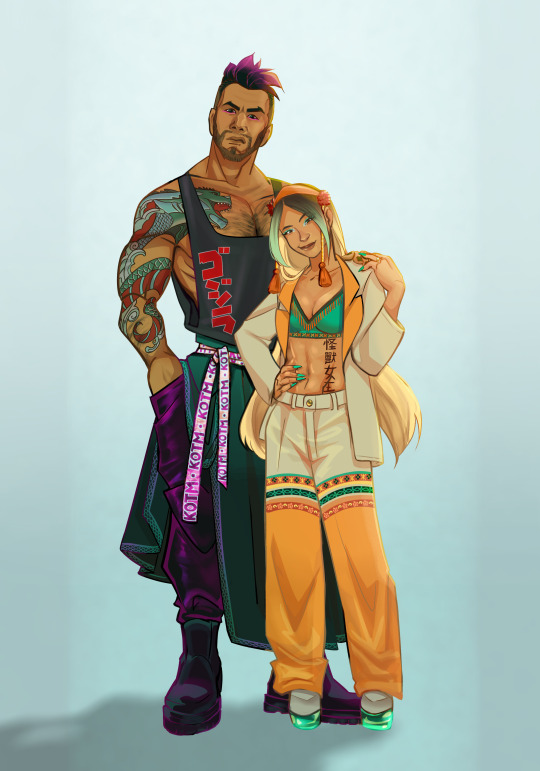
The Moth and the Lizard are married actually
#helloooooooo???????#ppl started reblogging my old mothzilla art so i needed to draw updated designs LMAO#Godzilla is Japanese! I based his outfit on Japanese street fashion#His shirt says Godzilla obviously lol#I based Godzilla's tattoo on Yakuza tattos bc in a human AU he's def Yakuza#Mothra is Chinese! I baseed her outfit on Chinese street fashion and traditional Yi fashion#the Yi are one of the ethnic groups in the Yunnan province on China where Mothra is from!#Her tattoo is traditional chinese for Queen of the Monsters#if it's written wrong uhhhh sorry LMAO I TRIED#you can see mothra's ring........ yes they are married#Golden retriever wife and black cat husband actually#except they're both in organized crime and can kill u in 20 diff ways#good for them!!!!!!#Mothra has knives in her jacket don't get it twisted#godzilla#gojira#mothra#mosura#mothzilla#godzilla x mothra#mothra x godzilla#human mothra#human godzilla#godzilla x kong#godzilla x kong: the new empire#the new empire
597 notes
·
View notes
Text
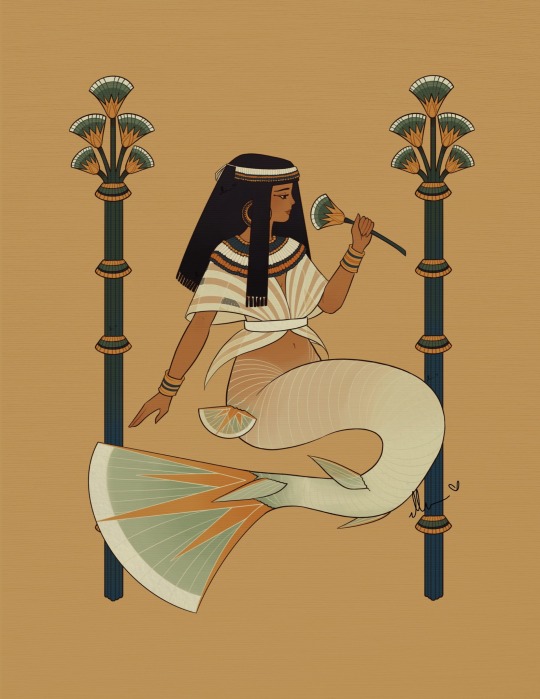


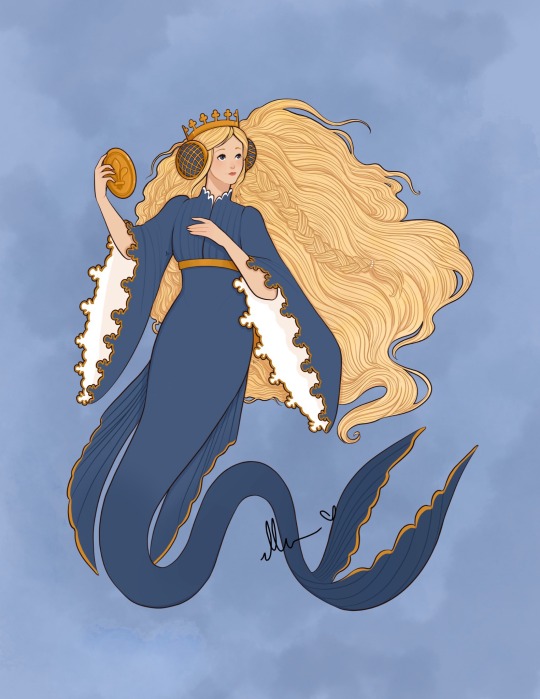

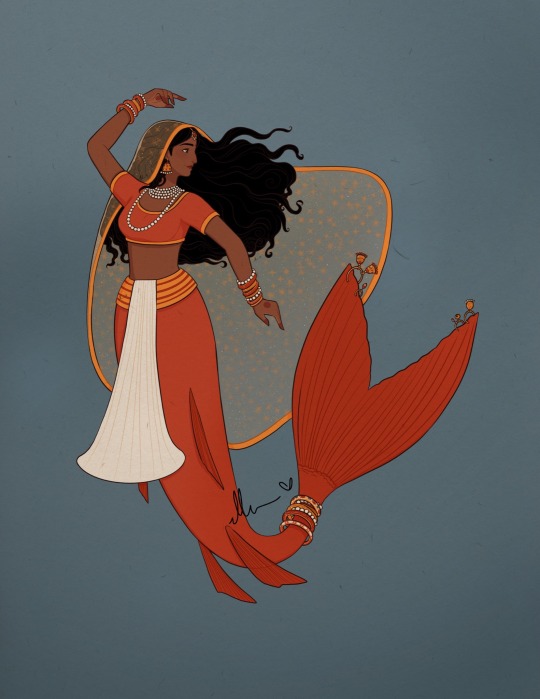


All the Historical Mermay’s together!
I had a lot of fun with this mermay prompt list by chloe.z.arts and they turned into a pretty cool collection of illustrations!
Prompt list by chloe.z.arts on instagram.
I am the artist! Do not post without permission & credit! Thank you! Come visit me over on: instagram.com/ellenartistic or tiktok: @ellenartistic
#historical mermay#mermay 2023#collection of mermaids#lnart#ellenart#historically inspired#historical fashion#it’s gonna be mermay#ancient egypt#ancient greece#tang dynasty#french medieval#italian renaissance#mughal empire#edo period#late victorian era
2K notes
·
View notes
Text

Reference drawing of Juana I of Castile for the Tomb of Maximillian I by Jörg Kölderer (1522)
#peep the little pomegranate🥹#juana i of castile#juana of castile#joanna of castile#juana la loca#maximilian i#art#art history#history of art#drawing#northern renaissance art#northern renaissance#renaissance art#renaissance#renaissance history#16th century art#16th century#sixteenth century#16th century fashion#1500s#history#holy roman empire#holy roman emperor#tomb#early modern#flemish art#Flanders#netherlands#netherlandish art#austrian art
329 notes
·
View notes
Photo

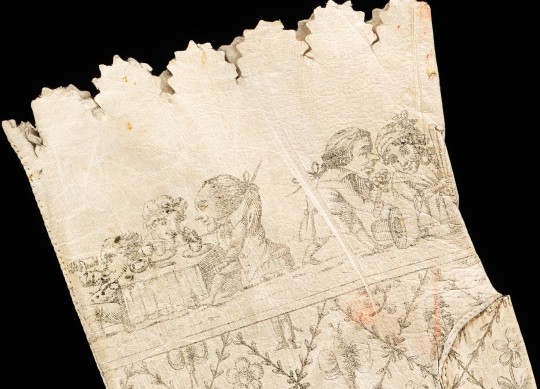

Gloves
1800-1810
Spain
Fashioned from fine Spanish kid, these gloves embody high fashion with a double historical twist. The lattice pattern expresses the geometry of the newly-resurrected design vocbulary of the classical period, while the figures at the top are taken from a series of etchings by Jacques Callot (1592-1635) entitled Varie Figure Gobbi (Various Hunchbacked Figures) ca. 1622., which William Konig (active ca. 1721) interpreted in prints. Callot was an ancestor of the famed Parisian couturieres, The Callot Sisters.
The MET (Accession Number: 2009.300.2259a, b)
#gloves#fashion accessories#1800s#empire era#empire fashion#accessories#19th century#leather#spain#the met
327 notes
·
View notes
Text
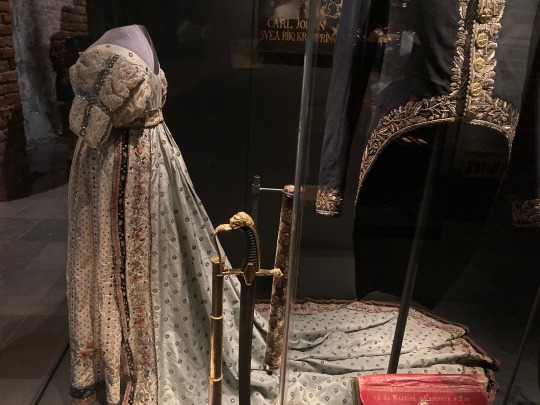









Princess Sofia Albertina's Court Dress For The Coronation Of King Karl XIII Of Sweden
1809
The Royal Armoury
Stockholm, Sweden
#princess sofia albertina#court dress#1809 dress#empire fashion#extant garments#1800s fashion#sequins#royal armoury#stockholm#sweden
27 notes
·
View notes
Text
u/ChipHazardous:
"For a very long time the Roman empire was able to acquire silk through trade over 'the silk road' to China, but never able to unlock the secrets of producing it domestically themselves. Until 552AD, when two monks preaching in India then travelled to China, where they witnessed the guarded methods of using the live silk worm to spin the famous thread. Knowing the importance of what they'd learned, the monks returned to Constantinople to report directly to the emperor Justinian. He personally met the monks, heard all the details of what they'd seen, then asked them to return to China and find a way of smuggling these worms back to the empire. They agreed, and prepared for the 2 year ~6,500km (4,000mi) trek back to China on foot, hoof and wheel. Once back in China they acquired either eggs or young larvae, since the adults are too delicate for transport, and tucked them into hollowed bamboo canes for the long journey straight back home. Once the monks made it back to Constantinople (modern Istanbul, Turkey), domestic silk production slowly ramped up and the need for long journeys along the 'silk road' ramped down. Over time, this allowed the same type of silk monopoly which China had enjoyed through the prior centuries to now be established in the Mediterranean, becoming one of the bedrocks of the Byzantine economy for the next 700 years.
It's crazy to think about these two guys. 1500 years before you or I were born, making their second multi-year, 6,500km trek back from China, smuggling two bamboo canes full of bugs which would fuel the economy of one of the world's largest civilizations for the next 700 years. I wonder if they knew and understood these possibilities when they went to scoop the worms from their baskets in China...Imagine the anxiety trying to keep them hidden and alive the whole way back!"
(source)
573 notes
·
View notes
Text
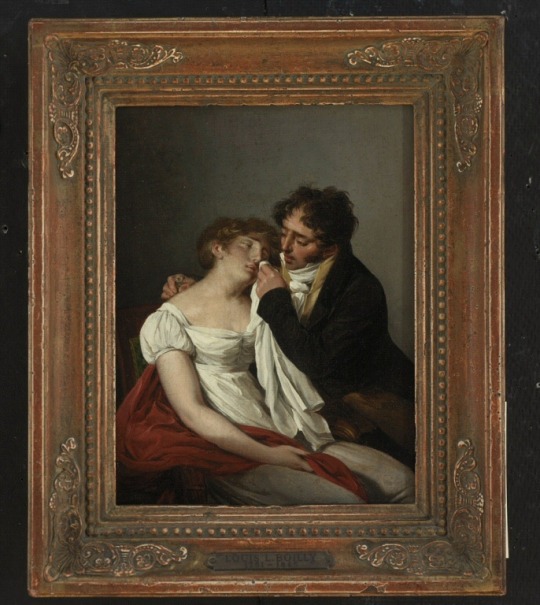

Louis-Léopold Boilly
Early 19th century
France, Napoleonic era
#Louis-Léopold Boilly#Boilly#pretty#couples#couple#love#portraits#empire#empire style#early 19th century#1800s#1800s art#1800s fashion#empire period#napoleonic#napoleonic era#regency#regency fashion#empire fashion#first french empire#19th century#french empire#art#french#french art#France#painting#romance#romantic#lovers
65 notes
·
View notes